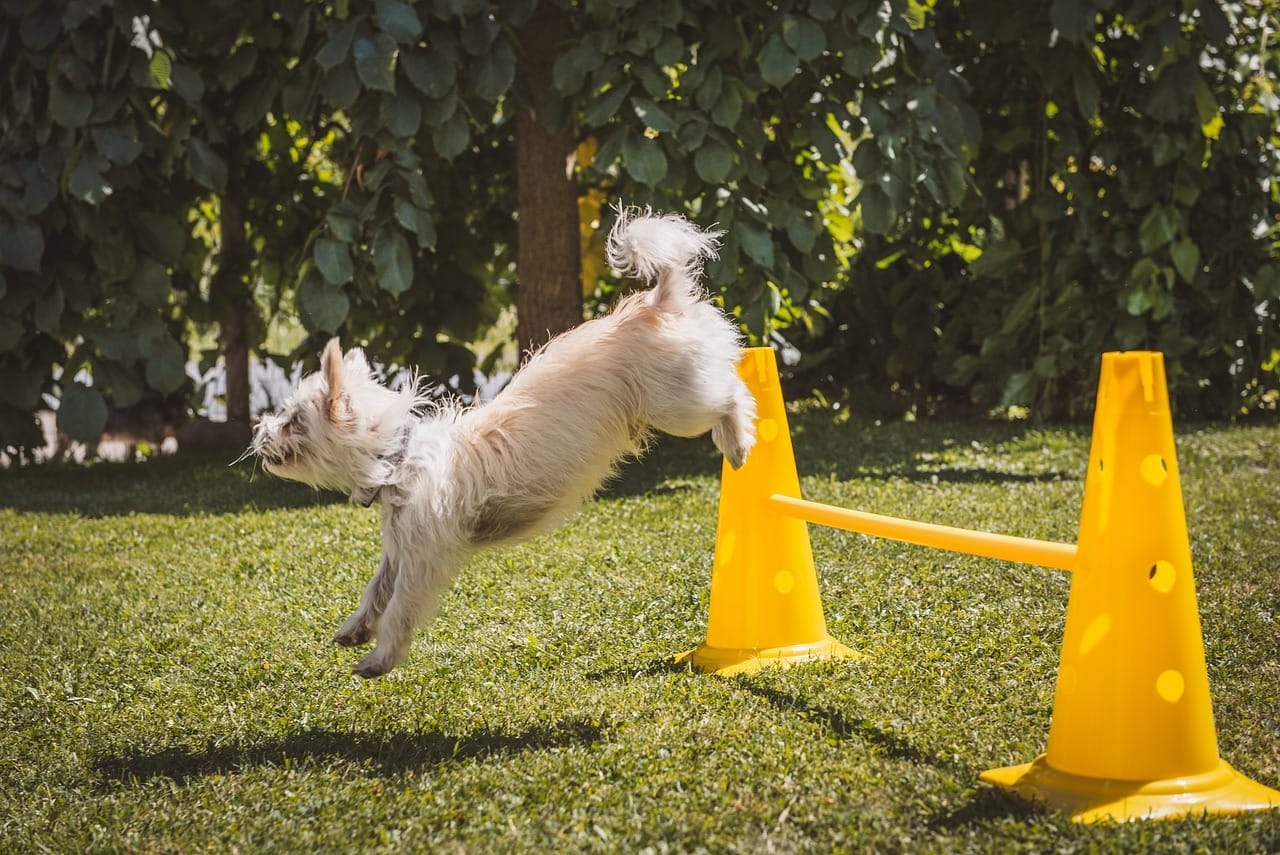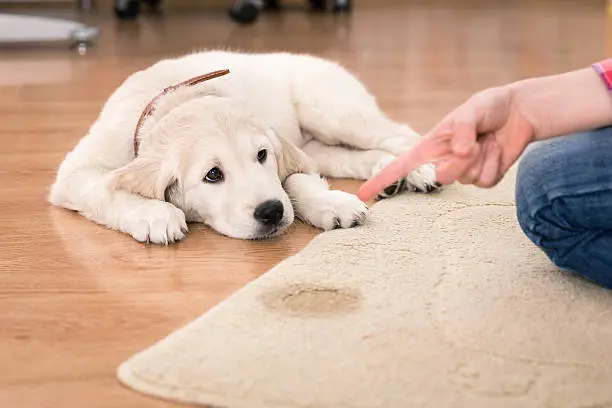Introduction
Training your dog is essential for building a strong bond and ensuring good behavior. Whether you’re teaching basic obedience, correcting bad habits, or training for agility, the right tools can make all the difference.
From simple leashes and treats to advanced electronic collars, dog training tools come in many forms. Choosing the right tools depends on your dog’s personality, training goals, and your level of experience. In this guide, we’ll explore the best dog training tools and how they can help you train your furry friend effectively.
1. Essential Dog Training Tools
Leashes and Collars
A leash and collar are fundamental training tools. They help control your dog’s movement, prevent unwanted behaviors, and keep them safe.
- Standard Leash – A strong, non-retractable leash (4-6 feet) is best for daily training.
- Retractable Leash – Provides more freedom but is not ideal for structured training.
- Martingale Collar – Prevents dogs from slipping out without choking them.
- Flat Collar – Good for everyday wear but not for heavy training.
For leash training, a no-pull harness is often better than a collar, especially for strong pullers.
Training Treats and Treat Pouches
Dogs learn faster with rewards, and treats are a great way to reinforce good behavior. Choose small, soft, and smelly treats that your dog loves. A treat pouch helps you keep treats handy during training sessions.
Clickers for Positive Reinforcement
Clicker training is a proven method that helps dogs understand what behavior is being rewarded. The clicker makes a distinct sound that signals success to your dog, making it an excellent tool for obedience training.
2. Advanced Training Tools for Specific Needs
Long Training Leads
Long training leads (10-30 feet) are ideal for teaching recall commands like “come.” They allow your dog to explore while staying under control.
Target Sticks and Hand Signals
A target stick is useful for advanced training, such as agility or teaching a dog to follow specific movements. Combining it with hand signals enhances communication between you and your dog.
Whistles for Distance Training
Whistles are useful for recall training, especially for working dogs or outdoor environments. A consistent whistle sound helps train a dog to respond, even in noisy situations.
3. Electronic Training Tools: Are They Worth It?
Electronic training tools can be effective when used correctly but can also be misused.
E-Collars (Shock Collars)
E-collars deliver mild electrical stimulation to correct unwanted behaviors. They should only be used with proper training and guidance to avoid harm.
Vibration and Sound Collars
Instead of shocks, these collars use vibration or sound to get a dog’s attention. They are often used for training deaf dogs or gentle behavior correction.
Remote Training Systems
These allow you to control your dog’s behavior from a distance, which is useful for off-leash training.
4. Crates and Playpens for House Training
Benefits of Crate Training
A crate is one of the best tools for housebreaking and behavior management.
- Helps teach bladder control, which aids in potty training.
- Provides a safe, personal space for your dog.
- Reduces separation anxiety when introduced properly.
Choosing the Right Crate
Your dog should be able to stand, turn, and lie down comfortably in the box. Avoid using it as punishment to maintain positive associations.
5. Interactive Training Toys for Mental Stimulation
For dogs to remain interested and avoid boredom, they require cerebral stimulation.
- Puzzle Toys – Encourage problem-solving and patience.
- Snuffle Mats – Stimulate a dog’s natural foraging instincts.
- Treat-Dispensing Toys – Reward learning and encourage play.
These tools make training fun while reinforcing positive behaviors.
6. Training Pads and Bells for Housebreaking
Training Pads
Ideal for puppies and apartment dogs, pee pads help with potty training. However, they should be phased out once the dog learns to go outside.
Bell Training
Teaching your dog to ring a bell when they need to go outside is a great way to communicate their needs. Simply ring the bell before taking them out, and they’ll learn to associate the sound with potty time.
7. Muzzles and Their Proper Use in Training
Muzzles are often misunderstood but can be useful in certain situations.
- Training aggressive or reactive dogs.
- Preventing unwanted eating of harmful objects.
- Helping dogs feel calm during vet visits or grooming.
Always choose a comfortable, breathable muzzle and train your dog to accept it calmly.
8. Dog Training Books and Online Resources
Books and online courses can provide expert insights into effective training techniques.
Recommended Books:
- The Monks of New Skate’s Methods for Bringing Up a Puppy
- The Monks of New Skate: How to Be Your Dog’s Best Friend
- Don’t Shoot the Dog! by Karen Pryor
Online Courses & Videos:
YouTube channels and online courses offer visual demonstrations, making it easier to learn techniques.
9. Group Training Classes vs. Private Training
Group Classes
Pros:
- Socialization opportunities.
- Lower cost.
Cons:
- Less personalized attention.
Private Training
Pros:
- Customized lessons for your dog’s needs.
- Faster progress.
Cons:
- More expensive than group classes.
10. Common Mistakes to Avoid When Using Training Tools
1. Over-Reliance on Tools
Training tools should support, not replace, proper training techniques.
2. Inconsistency in Training
Dogs learn through repetition and consistency. Skipping sessions or changing rules confuses them.
3. Using Tools Incorrectly
Some tools, like e-collars, can harm dogs if used improperly. Always research and use tools as intended.
Conclusion
Using the right training tools can make training easier, more effective, and enjoyable for both you and your dog. Whether you prefer basic tools like leashes and treats or advanced electronic devices, always prioritize positive reinforcement and patience.
Training takes time, but with consistency and the right tools, your dog will develop great behavior and a strong bond with you.
Frequently Asked Questions (FAQs)
1. What is the best tool for leash training?
A no-pull harness is the best tool for leash training, as it discourages pulling without harming your dog.
2. Are shock collars safe for dogs?
They can be safe if used correctly, but they should only be used under expert guidance to prevent harm.
3. How do I choose the best training treats?
Look for small, soft, and high-value treats that your dog finds irresistible.
4. Is crate training necessary?
Crate training is not mandatory but is highly effective for house training and managing behavior.
5. Can I train my dog without professional help?
Yes, many dogs can be trained using online resources, books, and consistent practice at home. However, professional help is useful for advanced training or behavioral issues.



